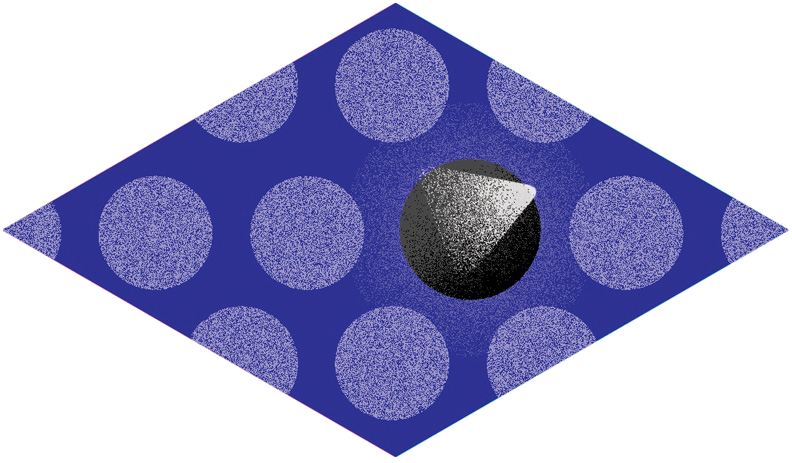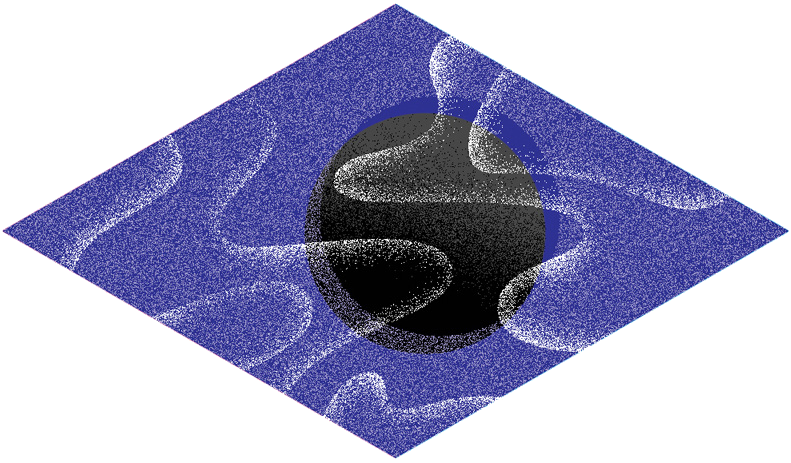Explore
New
Paradigms
in Physics
The prevailing paradigms of particle physics and cosmology—the Standard Model and ɅCDM, respectively—are triumphs of experimental ingenuity, theoretical creativity, and human curiosity. Together, these pillars of fundamental physics explain a vast range of phenomena, from the gravitational scaffolding of the universe due to dark matter, to the complex structure of nuclei due to quarks and gluons. Particle physics lays the conceptual foundations for modern science, and it exemplifies the power of multigenerational and international collaborations to tackle grand scientific challenges.
The quest to understand the fundamental structure of the universe is far from over and mysteries remain. Our existence can be traced to a tiny difference between the amount of matter and antimatter in the early universe, which can be accommodated but not explained by the ɅCDM model. The structure of atoms only requires one generation of matter particles, but the Standard Model of particle physics has three generations, with no obvious pattern or logic to the triplication. A repeated theme in the history of physics is unification, where seemingly disparate phenomena turn out to be manifestations of a common structure. While there are tantalizing theoretical opportunities for unification within these prevailing paradigms, none has thus far withstood experimental scrutiny.
Given these open questions, we explore new paradigms that might yield transformational insights into our universe. There are two broad strategies to venture into the unknown:

Search for Direct Evidence of New Particles
Experiments that seek direct evidence for new particles set the gold standard for discovery. Heavy particles can be produced at colliders with sufficiently high energies, while light but elusive particles can be produced at accelerator-based experiments with sufficiently high intensity. The discovery of new particles, or definitive evidence for their absence, would ignite major paradigmatic shifts and determine the direction of future research.

Pursue Quantum Imprints of New Phenomena
Even if new particles cannot be produced directly, they can still leave clues to their existence via quantum imprints on known particles. This is especially true if the new particles break a fundamental symmetry of the Standard Model. Many known particles were first detected indirectly through their quantum imprints, with followup direct experiments providing definitive evidence. This motivates continued investments in a broad search program for possible quantum imprints of new phenomena.
